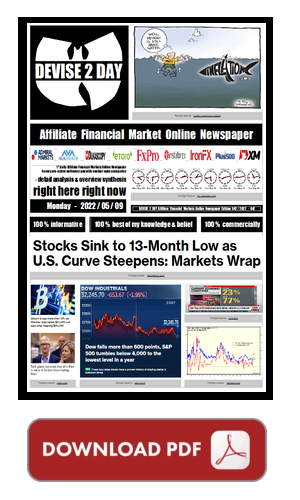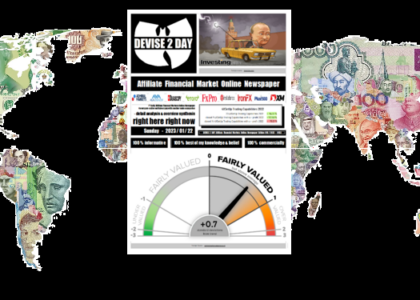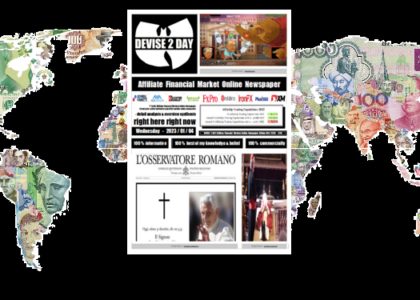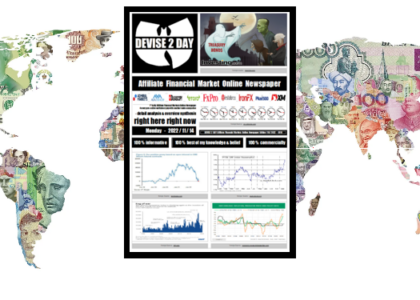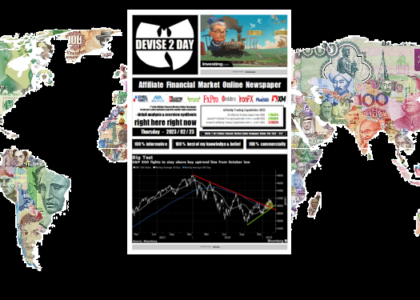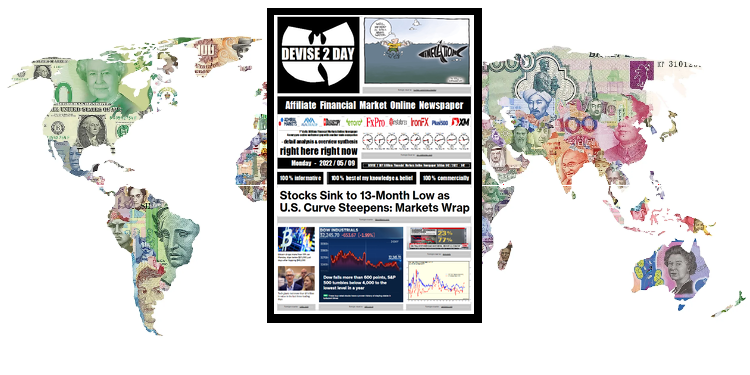
2022/05/09 (042) Column
CAPITULATION In The NASDAQ 100 Starts
SURRENDER In The US Stock Markets Today!
While The US 10Y Yield Hits Meanwhile Proudly 3.2%
And/Or The USD Index Hits Fresh New 20 Years Highs
Wall Street’s sell-off accelerated in the final hour of trading with the Dow closing down 653 points below the 4000 level and the S&P 500 and Nasdaq plunging 3.2% and 4.3%, respectively, pushing the three major indexes to levels not seen in over a year. Investors have been increasingly concerned about the implications of tighter global monetary policy on the growth momentum. Adding to the sour mood were signs of slowing economic activity in China as the world’s second-largest economy struggles with tight lockdowns, and further Western sanctions on Russia, further stoking inflation. All sectors except for consumer staples turned red. Falls were once again most pronounced in high-growth stocks, with Meta Platforms, Google-owner Alphabet, Amazon.com, Microsoft, Apple, and Tesla down between 2% and 6%. On top of that, the energy sector also came under heavy selling pressure, with Chevron tumbling as much as 7% tracking lower oil prices.
“This is significant repricing, this is significant dislocation and this is all being spurred and driven by Federal Reserve policy,” said Jeff Kilburg of Sanctuary Wealth. “The only way I see us finding the bottom in equities short-term, the only way I see markets healing is if the Fed has the ability with the tools in their toolbox to calm down interest rates. The 10-year note needs to go back under 3%.” Rising interest rates continued to crush technology names such as Meta Platforms and Alphabet, which lost 3.7% and 2.8%, respectively. Amazon, Apple and Netflix all fell more than 5%, 3% and 4%, respectively, while Tesla and Nvidia plunged more than 9% each.
Apple, the world’s most valuable public company, has shed $220 billion in value since the close of trading on Wednesday, the day Fed Chair Jerome Powell declared that inflation was running too high and that there were no plans for a rate hike more than half of a percentage point.
Markets first moved up on Powell’s comments, but the optimism sputtered out in the following days. Stocks went lower on Thursday, fell again on Friday and then still lower on Monday. The S&P 500 U.S. stock index fell below the 4,000 mark on Monday, having declined by 7% since Wednesday’s close, while the Invesco Nasdaq 100 ETF is off by nearly 10% during the same period.
Here are the other big losses over the last three trading days:
Microsoft has lost around $189 billion in value.
Tesla’s markdown registers at $199 billion, months after seeing its valuation fall below $1 trillion.
Amazon’s market capitalization has declined by $173 billion.
Alphabet, Google’s umbrella company, is worth $123 billion less than it was last week.
Graphics card maker Nvidia’s loss stands at $85 billion.
And Facebook parent Meta Platforms has lost $70 billion in value.Bitcoin Dropped More Than 10% On Monday
The price of bitcoin dropped 10.5% at $30,953.94 after touching a recent high of $40,000 last week, according to Coin Metrics. The cryptocurrency is at its weakest point since July when Bitcoin traded as low as $29,839.80 – the last time bitcoin traded below $30,000. It’s about 53% from its all-time high, which it hit in November. Ether fell 11.6% to $2,269.39. Cryptocurrencies have been steadily extending their declines since Thursday, when they fell sharply amid a broader stock market sell-off, in which the Dow Jones Industrial Average and Nasdaq Composite posted their worst single-day drops since 2020. As a loyal reader, you know that I don’t pay much attention to cryptocurrencies. But since many of my readers are passionate about trading bitcoin, I couldn’t help but get rid of this message. But without ulterior motives – that the downward trend will continue or that the current prices are entry prices. How ever be careful when you`re trading bitcoin. I am too old for this shit, like us economist Nouriel Roubini i.e. Too. As early as autumn 2018 in the US Senate, he described the blockchain – the technology behind it – “which is considered a cure for crypto villains, as the least useful technology in the history of mankind”. The blockchain is intended to provide a secure method for storing and checking information. Roubini doesn’t believe in any of this. Neither did I, by the way – back then, and not now either. Even if unbelievable price gains and price losses were tradable in the meantime. In autumn 2018, Nouriel Roubini even called the Bitcoin “Shitcoin” before the Senate. But even that, says the economist, is still too friendly. “It’s an insult to fertilizer, which is very valuable compared to the currency.”10-Year Treasury Yield Hits 3.2%
The yield on the 10-year US Treasury note, which sets the tone for corporate and household borrowing costs worldwide, topped 3.2%, a level not seen since November 2018, as investors digest the narrative of a looming policy tightening cycle against a backdrop of slowing global growth. The Federal Reserve hiked its benchmark policy rate by half a percentage point for the first time since 2000, while markets are now pricing in a more than 90% chance of a 75 bps hike in June. With inflation running at 40-year highs and the job market extremely tight, the Federal Reserve had no choice but to change the narrative and signal a faster tightening.Dollar Hits Fresh 20-Year High
The dollar index rose above the 104 mark on Monday, hitting a fresh 20-year high, as expectations of further Federal Reserve monetary tightening to combat inflation and fears of slowing global economic growth drove investors into the safety of the dollar. Uncertainties surrounding the outlook for inflation, the war in Ukraine and Chinese lockdowns were among the factors that spurred safe-haven demand for the dollar. Meanwhile, the Fed raised its benchmark funds rate by 50 basis points last week and a strong jobs report reinforced bets on further big hikes. Investors now look ahead to fresh inflation data due on Wednesday to gain insight on the central bank’s possible next steps. Futures markets are pricing a 75% of a 75 basis point rate increase at the Fed’s next meeting in June and more than 200 basis points of tightening by year-end.
Historical Big Spread Between
The S&P500 Reported Earning Yield Vs. CPI Inflation Rate
If we compare yields to inflation, we notice the largest difference since the end of World War II (in the 1945-1950s). The S&P500 earnings yields were dated 4.69 percent in Q4 2021. While the CPI inflation rate dated Q1 2022 at 7.97 percent.
From this point of view quality stocks – so called growth stocks and/or value stocks (such as AAPL, MSFT, FB) – will only become attractive again, earlier and later, when US inflation starts to fall, more or less, again.
good morning, good day, and/or good night
at whatever time, wherever you are !
right here right now :

